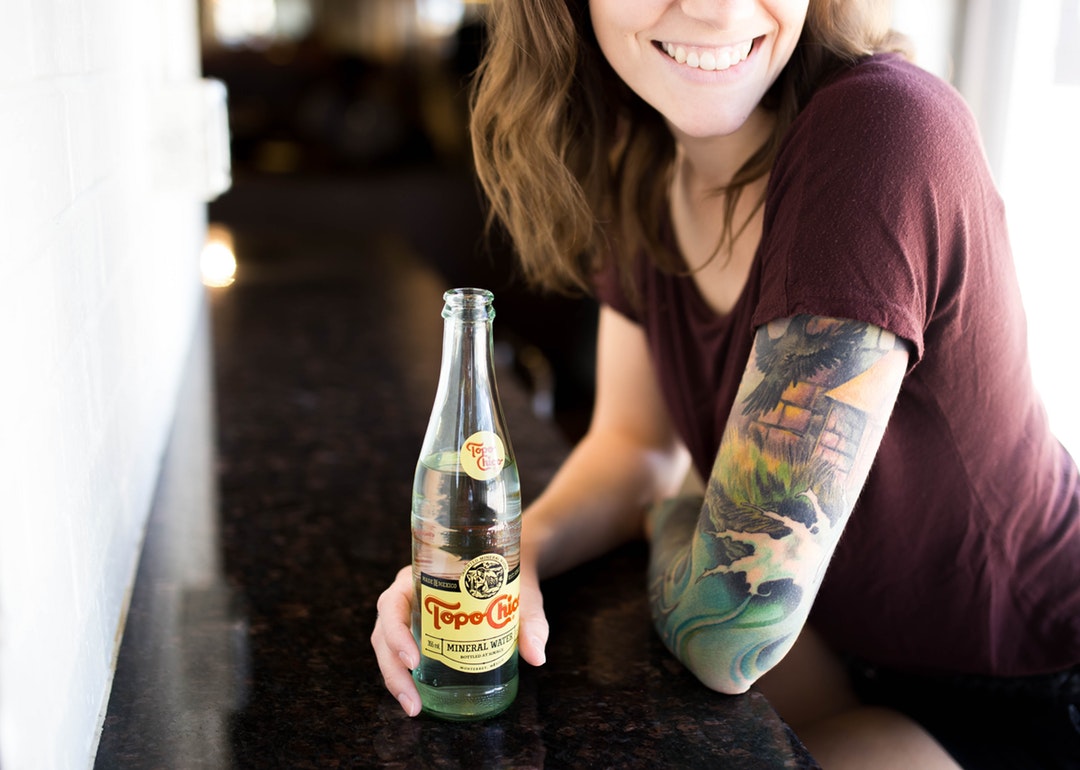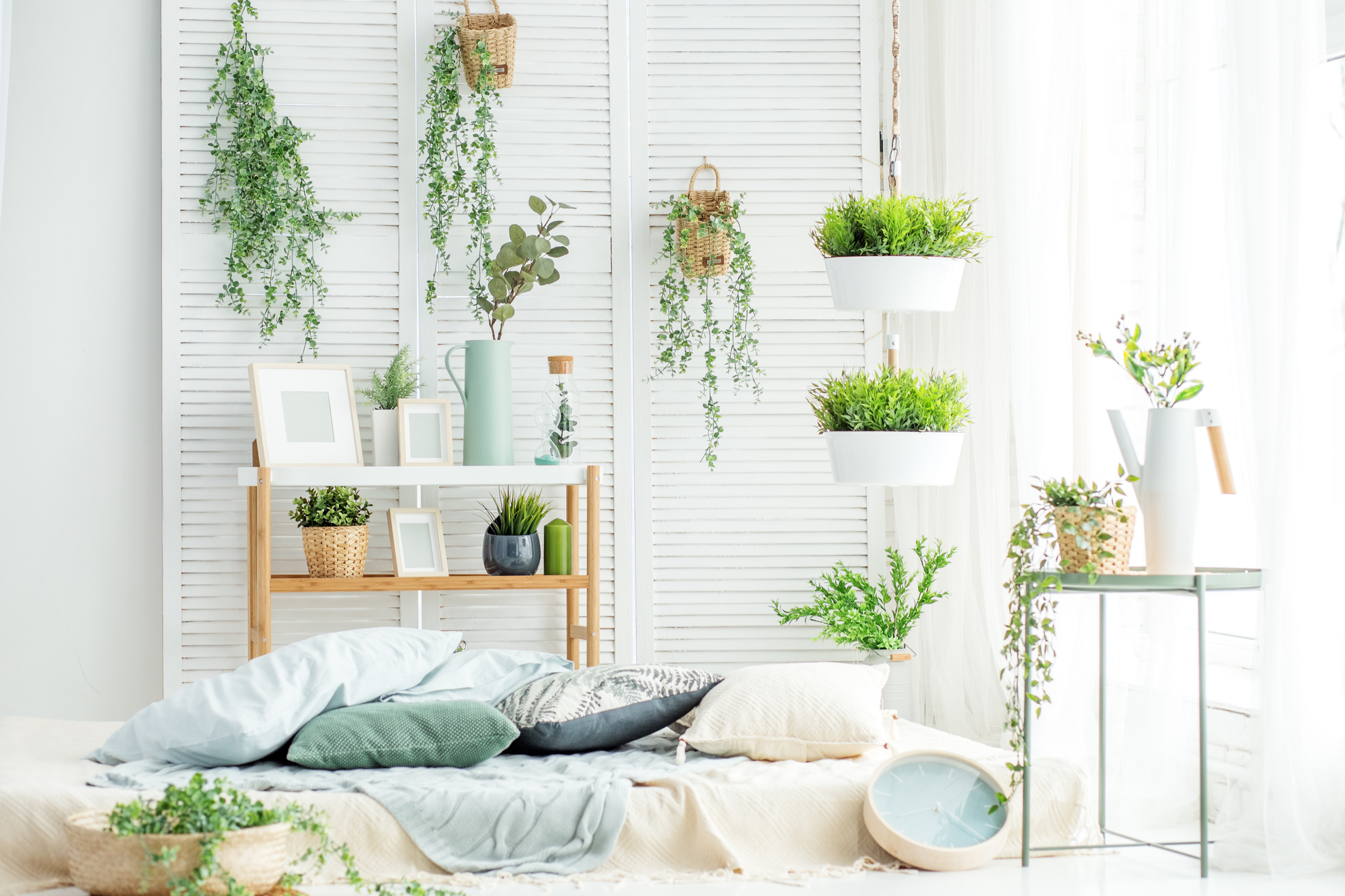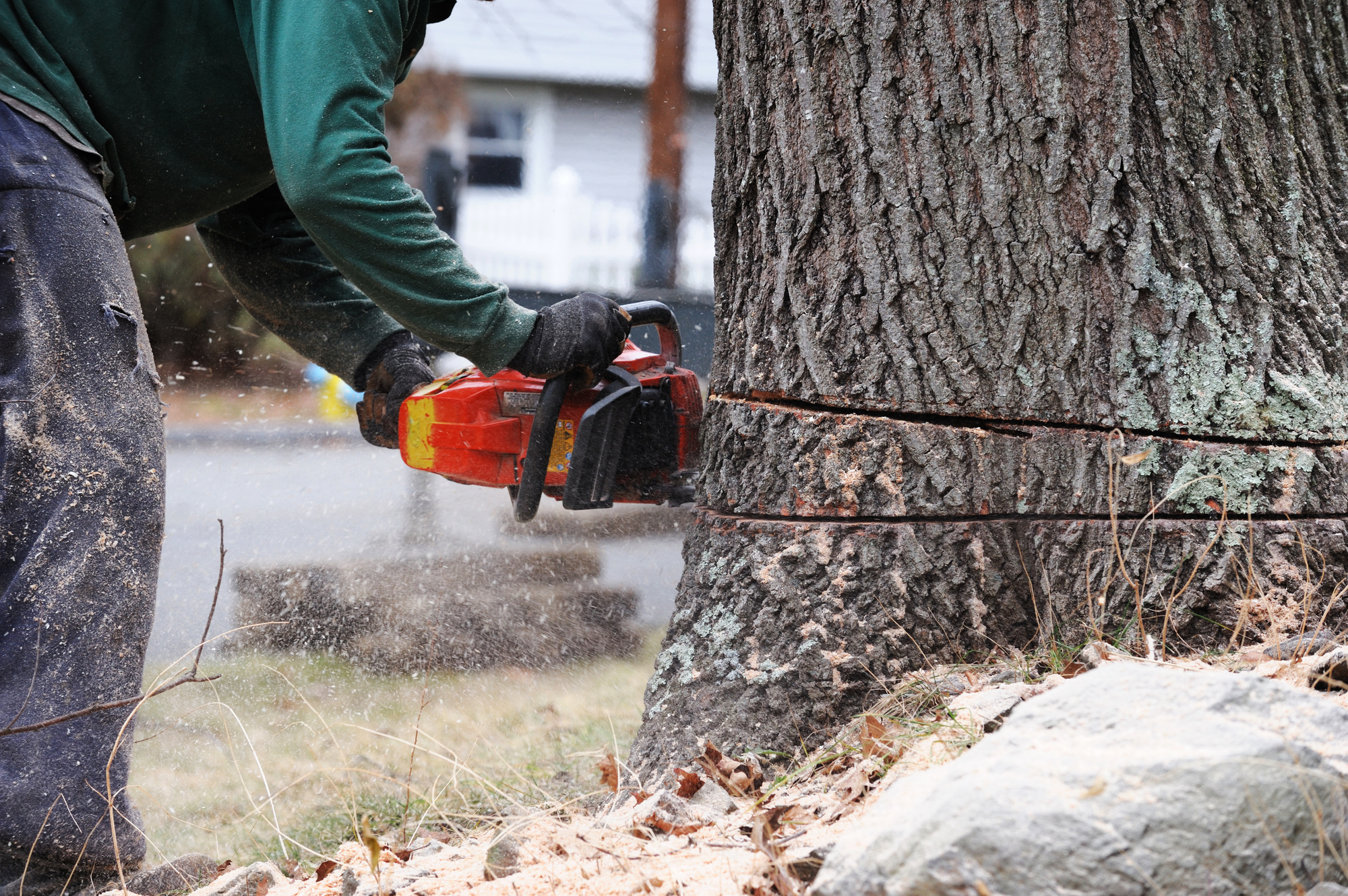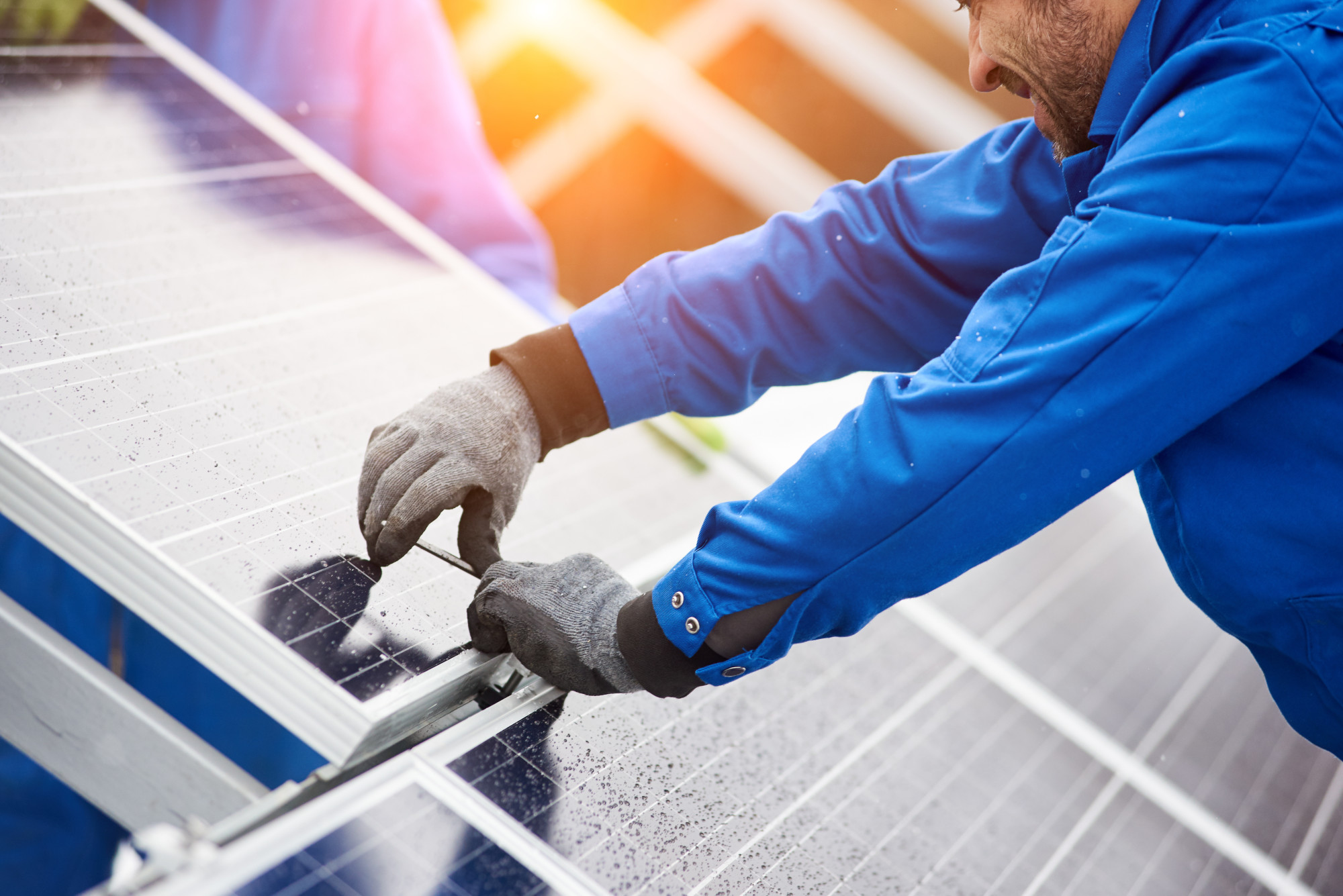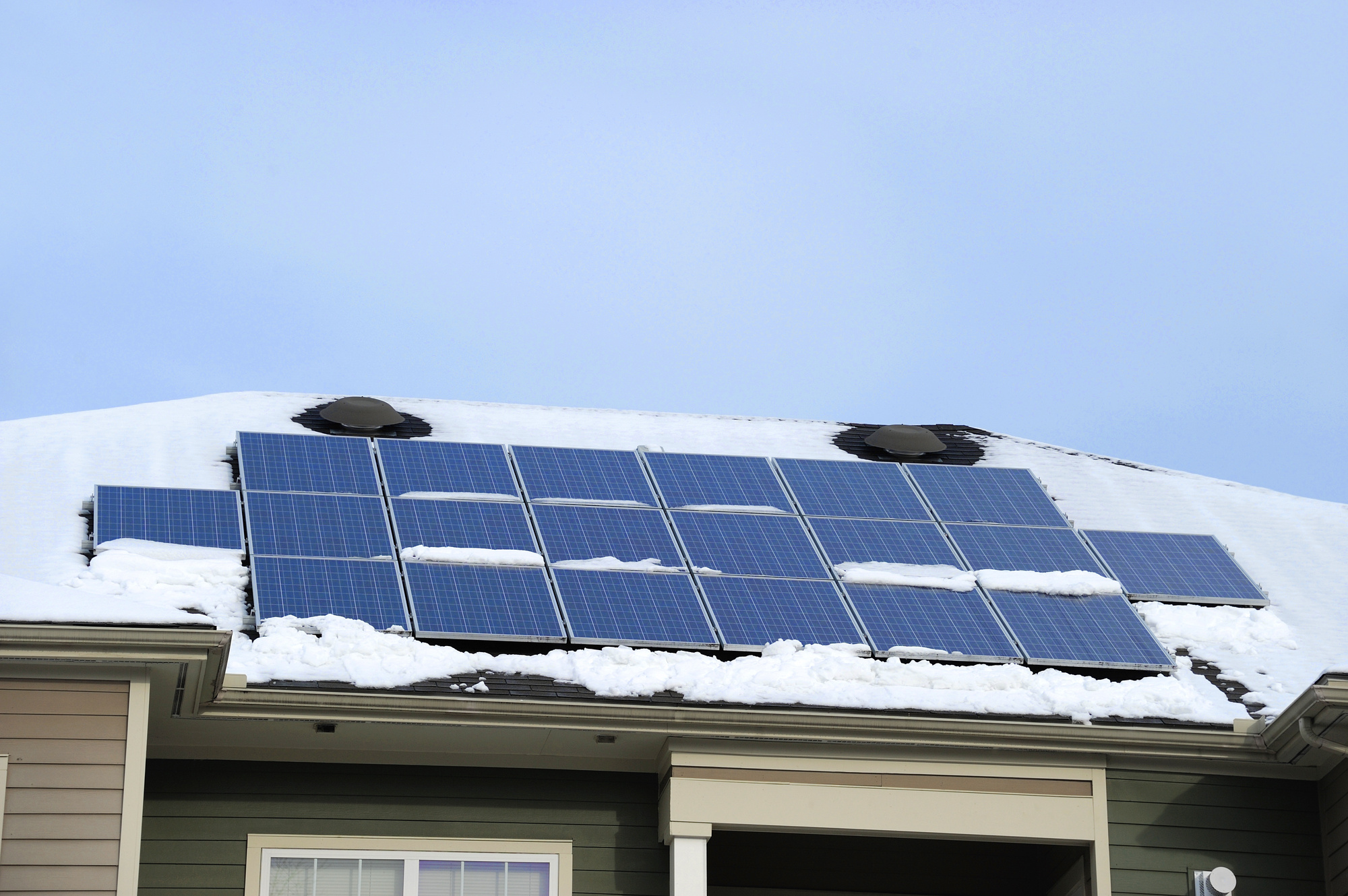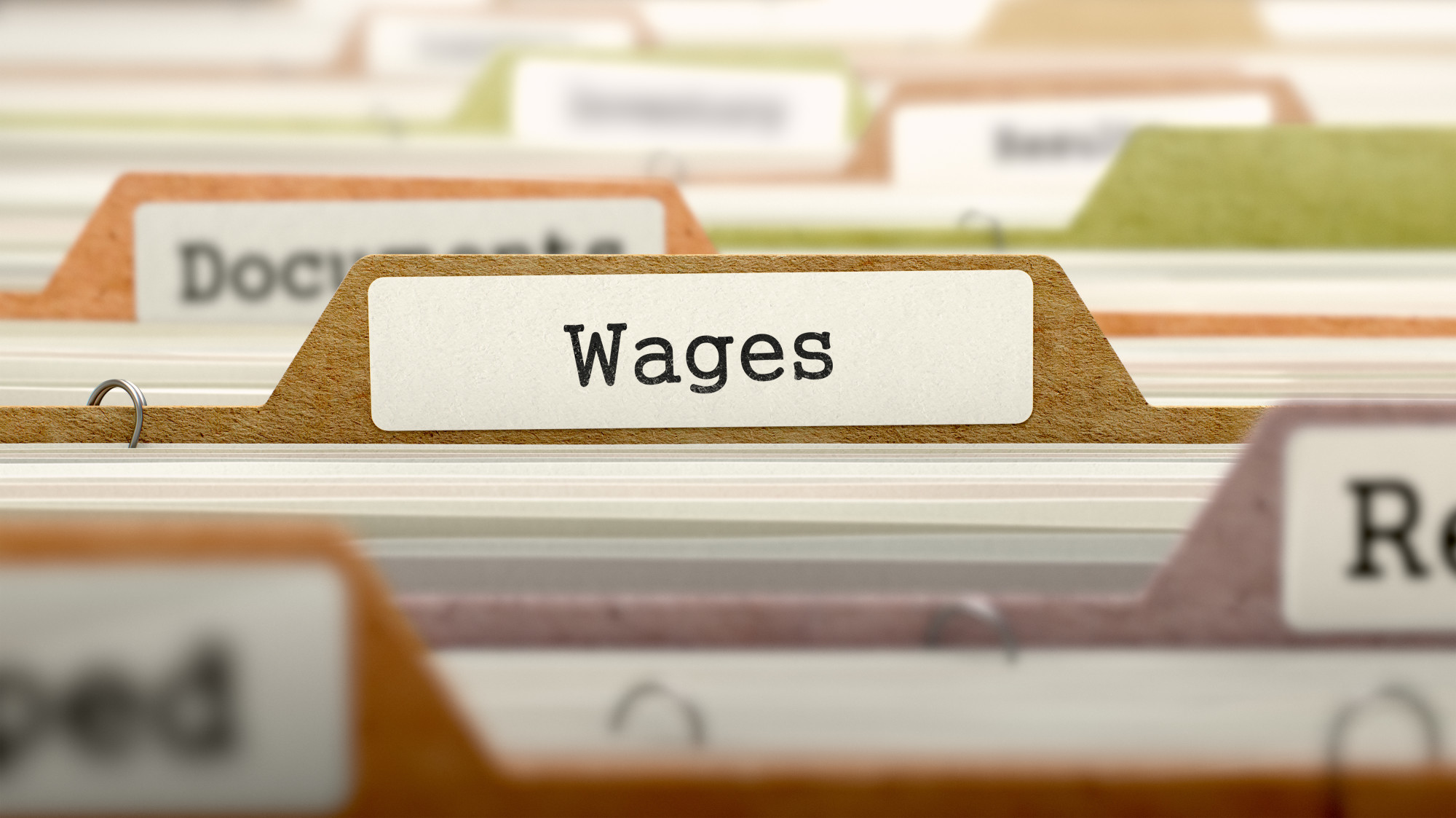Over 8.3 billion tons of plastic exist in the world and nearly 80 percent of it is stuck laying around in landfills our environment.
The ubiquitous nature of plastic since the start of its mass production in the mid-20th Century is hard to fault for some people. It’s cheap, easy to produce, and lasts forever.
But that’s the problem. With so much waste accumulating in the world, more people and businesses are seeking eco-friendly alternatives to plastic. Its universal appeal doesn’t need to be so prevalent anymore with some of these better alternatives.
#1. Reusable Shopping Bags
For those going out for some eggs, milk, and the like, reusable shopping bags are a must consideration. The environmental harm of plastic shopping bags is undeniable.
They kill marine life and many of them go unrecycled.
An alternative to plastic bags is an easy transition that can definitely stand out. Whether it’s a simple cloth tote or something that resembles a purse or messenger bag, they can be fashion statements, too.
People love to contribute to a healthy world, and reusable shopping bags make it clear that they’re doing just that.
#2. Glass Containers
Unlike plastics, glass is made from sand. This makes it an eco-friendly alternative to plastics and often will make a more aesthetically pleasing container.
Whether it’s a jar, vase, mug, etc., consider bottling or containing your product in glass rather than plastic. Look at the rising popularity of mason jars to see how true this is!
#3. Liquid Wood
Liquid wood sort of resembles the idea of using recycled wood as its name seems to imply.
It’s a material made from the pulp-based lignin of wood and other materials. Lignin is a renewable resource gathered from paper mills.
Mixing it with water and exposing it to extreme heat and pressure makes liquid wood – or arboform – a strong and eco-friendly alternative to plastic.
#4. Milk Protein
Casein is one of the primary proteins found in milk. French scientists in the 1800s were able to make a plastic out of this protein, but it has long been too brittle to be considered durable.
Scientists today are bringing back the idea of making milk protein into a biodegradable thermoplastic, though. It’s similar to the process of plastic thermoforming in that sense, and not only is it eco-friendly but it’s edible too!
#5. Plastic Alternatives
Some people are looking for complete alternatives to plastics. Other people are looking for ways to make plastic better for the environment.
By adding in metal compounds, such as prodegradant concentrates (PDCs), plastics can oxidize and break down faster. They break down the plastic into much smaller fragments which can easily disintegrate and turn into carbon dioxide, water, and biomass.
These types of plastics can be used for single-use plastic items like bags and containers.
Beyond Finding Alternatives to Plastic
For people and businesses that want to find more ways to treat our world with respect, finding alternatives to plastic is one great place to start.
Thankfully, progress is being made in this department. If you’re interested in more ways to be a better steward to Earth, take a look at some of the reasons why solar panels are important for business!

